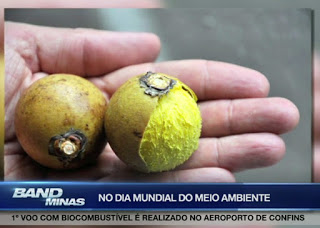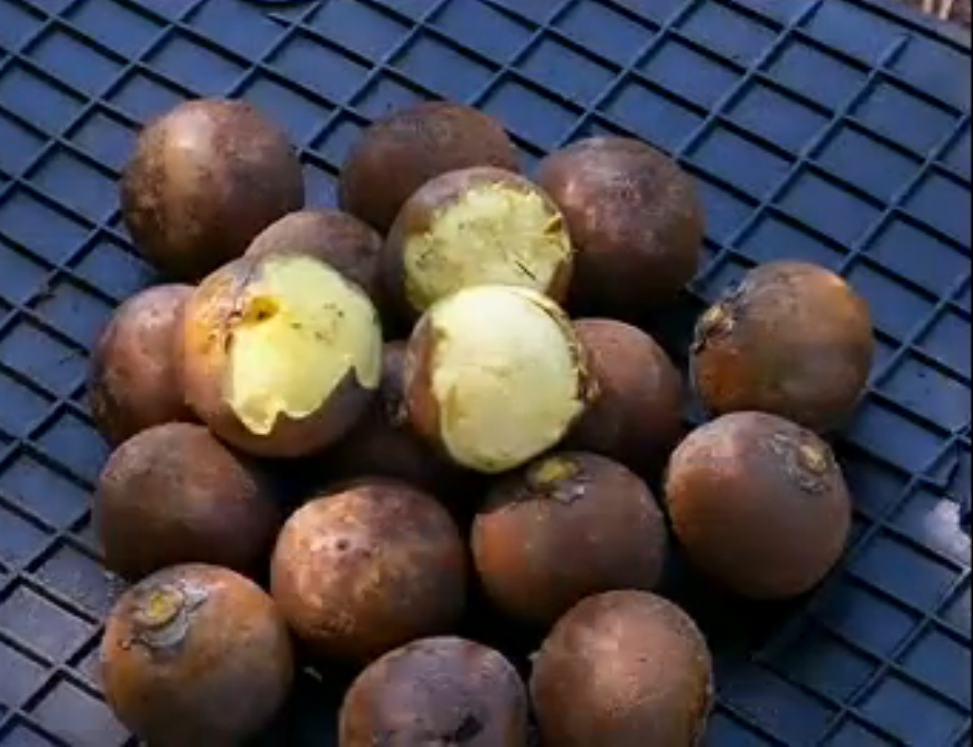Carbon sequestration: understand how deforestation harms this process
sexta-feira, julho 22, 2022
A study published in the journal Science Advances showed that human impacts on the Atlantic Forest outweigh the importance of natural factors in the ability to stock carbon in forest biomass.
According to Marcela Pyles, a phD researcher at the Federal University of Lavras, the Atlantic Forest has been explored for at least 500 years. Initially, the exploration was guided by economic cycles, such as brazilwood (Paubrasilia echinata) and gold, the cultivation of sugarcane and coffee. Recently, however, exploration has gained momentum with the demographic expansion of urban centers.
"Currently, about 50% of the Brazilian population resides in areas originally occupied by the Atlantic Forest. After so many years of intense exploitation, the forests that remain in the biome have diminished the potential for carbon stock by losing large and heavy tree species and by being constantly subject to the effects of reducing the size of forests, the well-known edge effect", he explains.
Urgent conservation
According to Professor Luiz Magnago, from the Federal University of Southern Bahia, the results reinforce the thesis that the rest of the natural domain needs to be well managed to preserve the potential to stock carbon and biodiversity.
"Forests are a potential source for sequestering carbon from the atmosphere, but if the level of degradation is too high, that potential may be lost. Techniques known as forest enrichment can provide greater resilience to degraded areas," he adds.
How does carbon sequestration work?
'Sequester' carbon is nothing more than the work done by plant species, algae and cyanobacteria to remove CO2 from the atmosphere and turn it into oxygen.
In forests, carbon amounts are stored by trees and other plants. As part of photosynthesis, carbon removed from the atmosphere is stored as sugar, starch (carbohydrate) and cellulose, used as a source of development for the species.
Found in the atmosphere as carbon dioxide, this gas is essential for life on the planet, however, high concentrations act negatively in nature, contributing to global warming.
Human action
The study also brought for the first time the quantification of direct and indirect effects of human action on the capacity that forest fragments of the Atlantic Forest, which allows to understand more thoroughly the factors that affect the carbon stocks of the forest.
For example, forest degradation can not only directly affect the carbon stock of a forest due to the removal of trees for logging, but can also act indirectly by modifying the structure and microclimate of forests. Such changes affect the composition of tree species, that is, degradation also causes changes in flower characteristics, which subsequently lead to loss in forest carbon stock.
Impacts
Renato Lima, co-author of the paper, says that increased forest degradation can cause higher greenhouse gas emissions than the temperature changes predicted for the coming decades.
"This also means that measures to combat or reverse forest degradation can be an effective strategy to sequester carbon from the atmosphere in the medium and long term." Therefore, the forest remnants of the Atlantic Forest, degraded or not, play an important role in the stock and on the future potential of carbon sequestration from the atmosphere.
Source: G1





















0 comentários
Agradecemos seu comentário! Volte sempre :)